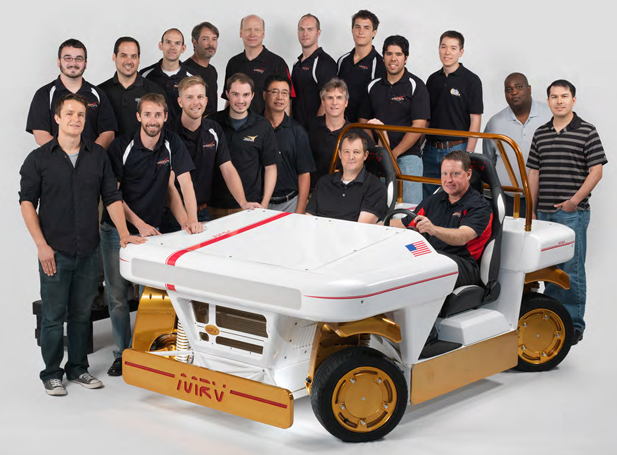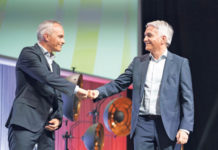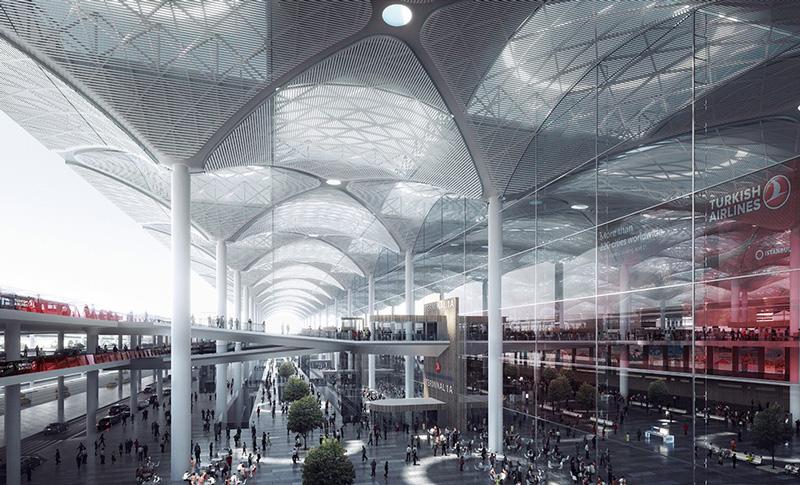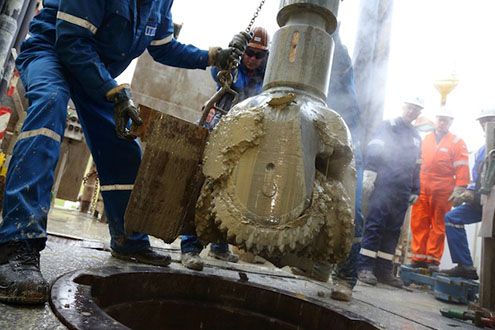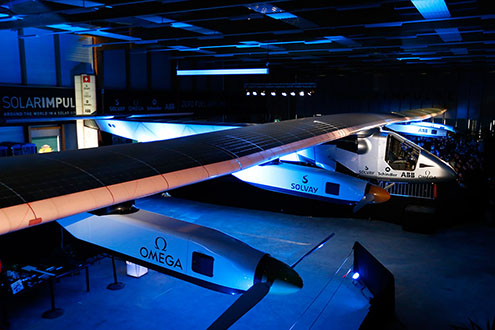Modular Robotic Vehicle (MRV) – Nasa goes inside the automotive world. NASA actually has been working on something autonomous and has posted a video of its electric robotic prototype wonder on YouTube. Created by NASA at the Johnson Space Center.
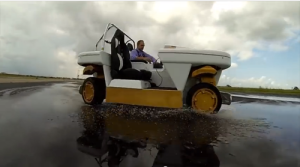
NASA’s Modular Robotic Vehicle, or MRV, is a golf-cart-sized two-seater “designed to meet the growing challenges and demands of urban transportation,” says NASA Mechanical Engineer Mason Markee. “The MRV would be ideal for daily transportation in an urban environment with a designed top speed of 70 km/hr and range of 100 km of city driving on a single charge of the battery. The size and maneuverability of MRV gives it an advantage in navigating and parking in tight quarters.”
MRV is a battery-powered electric vehicle that looks more like a site-to-site transportation cart or transporter at an airport. Had a two-seat and its built off of the same technology NASA uses for space exploration rovers and control systems. It’s all part of an initiative by NASA’s Johnson Space Center to adapt space exploration technologies for use in autos down here on Earth. The MRV will in turn help develop future systems for space exploration. “Actuators, motor controllers, sensors, batteries, BMS, component cooling, sealing, and software are all examples of technologies that are being developed and tested in MRV that will be used in next generation rover systems,” said Mason Markee, a mechanical engineer at NASA’s Johnson Space Flight Center.
The MRV is all-electric, has a top speed of 70 kph (about 43 mph) and a range of 100 km (about 62 miles) on a single charge. While it won’t be tearing up the roadways any time soon the vehicle does have some unique driving capabilities enabled by its four independently actuated wheel modules (NASA calls them “e-corners”). Each e-corner can be controlled independently and rotated ±180 degrees about its axis. This allows for a suite of driving modes allowing MRV to maneuver unlike any traditional vehicle on the road.
In addition to conventional front two wheel steering, the back wheels can also articulate allowing for turning radiuses as tight as zero. The driving mode can be switched so that all four wheels point and move in the same direction achieving an omni-directional, crab- like motion. This makes a maneuver such as parallel parking as easy as driving next to an available spot, stopping, and then operating sideways to slip directly in between two cars.
Among other features, MRV has a passive trailing arm suspension, an in-wheel propulsion motor, and a motor-driven friction braking system. While advanced modes uses a joystick controller, the MRV features a steering wheel designed to mimic the feel of driving with a standard auto.
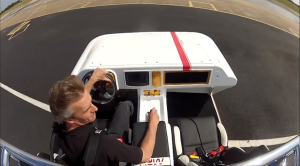
There’s no word on what the development costs were. But if NASA can figure out how to make the MRV affordable for Earthlings, it’s not difficult to imagine civilian uptake. And the MRV is something that we do not typically think of NASA creations being: Fun. It’s like driving on ice but having complete control,” says Justin Ridley, an International Space Station Flight Controller. “It’s a blast to ride in and even more fun to drive. We’ve talked about it being like an amusement park ride.
Stephanie Mlot in PCMag said, ideally, NASA wants it to traverse the extreme terrain of other planets. Motor Authority noted its liquid-cooled motors, steering wheel, and seats operating in space as an autonomous robot car.
So is the MRV designed for space or closer to earth? The answer is yes and yes. The NASA publication last year called “Game On” discussed the aims of the team that worked on the MRV. “The Modular Robotic Vehicle, or MRV, was developed at NASA’s Johnson Space Center in order to advance technologies that have applications for future vehicles both in space and on Earth,” said the publication. “This work allowed us to develop some technologies we felt were needed for our future rovers,” said Justin Ridley, Johnson Space Flight Center. “These include redundant bywire systems, liquid cooling, motor technology, advanced vehicle control algorithms. We were able to learn a lot about these and other technologies by building this vehicle.”


